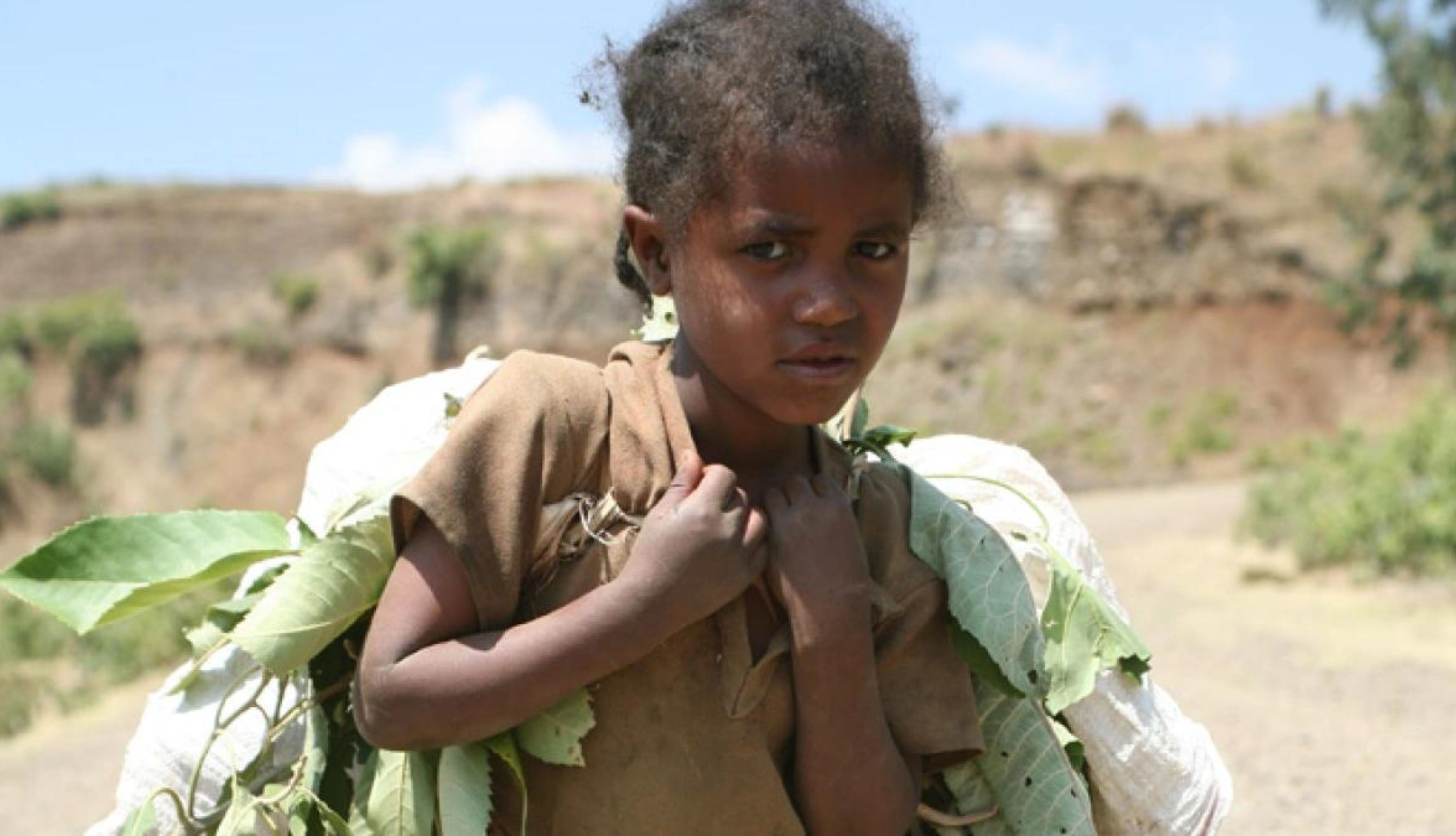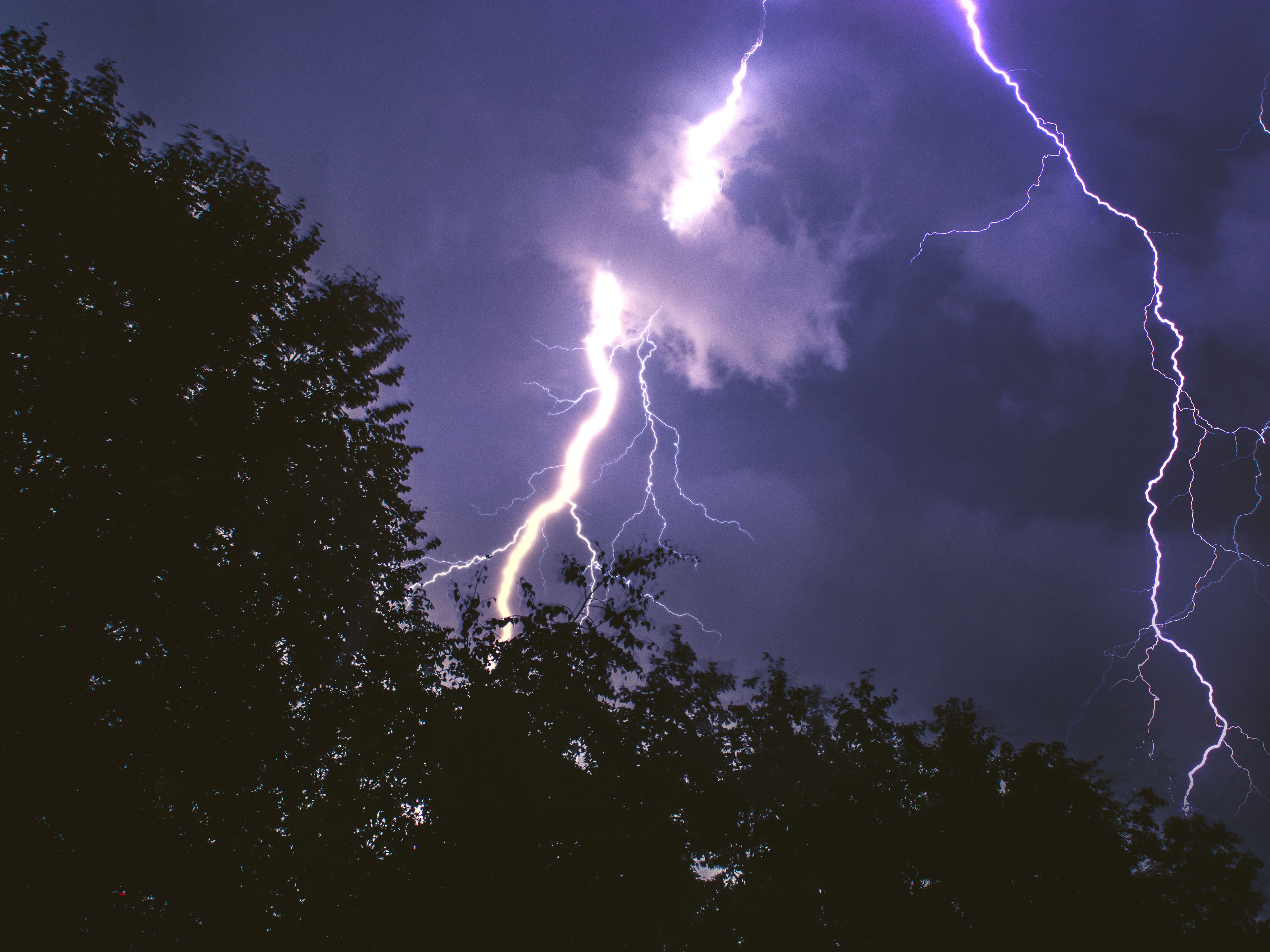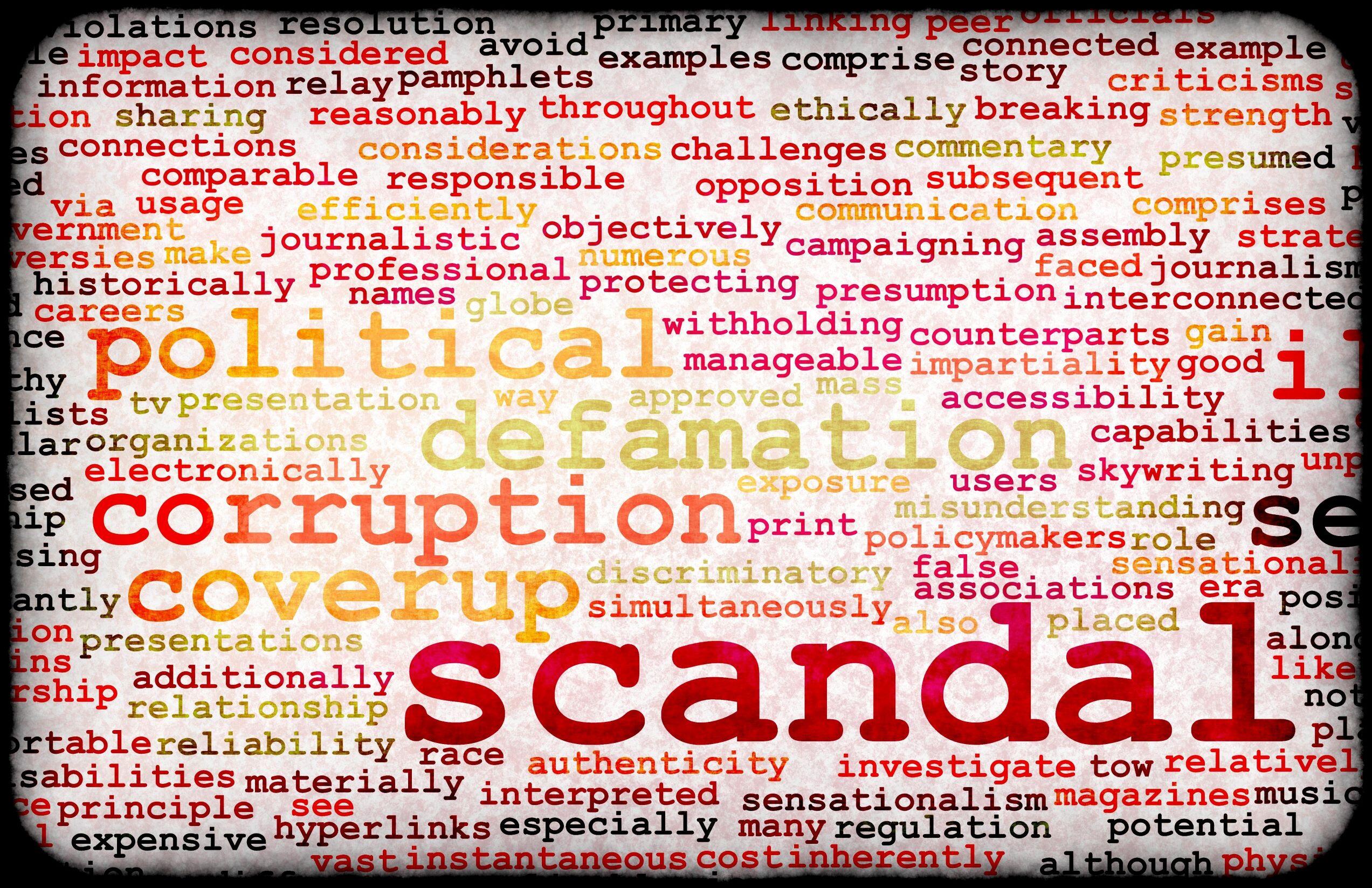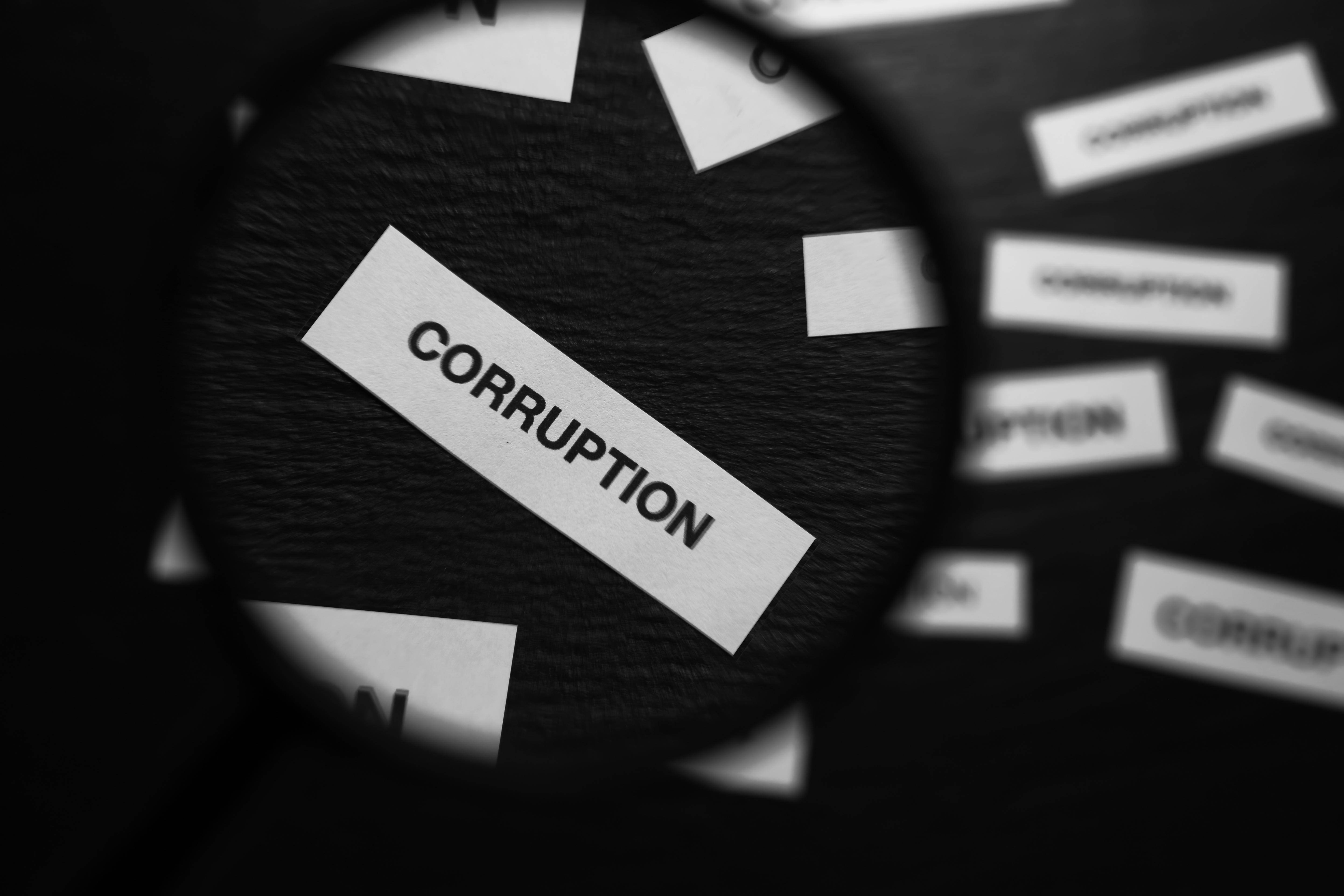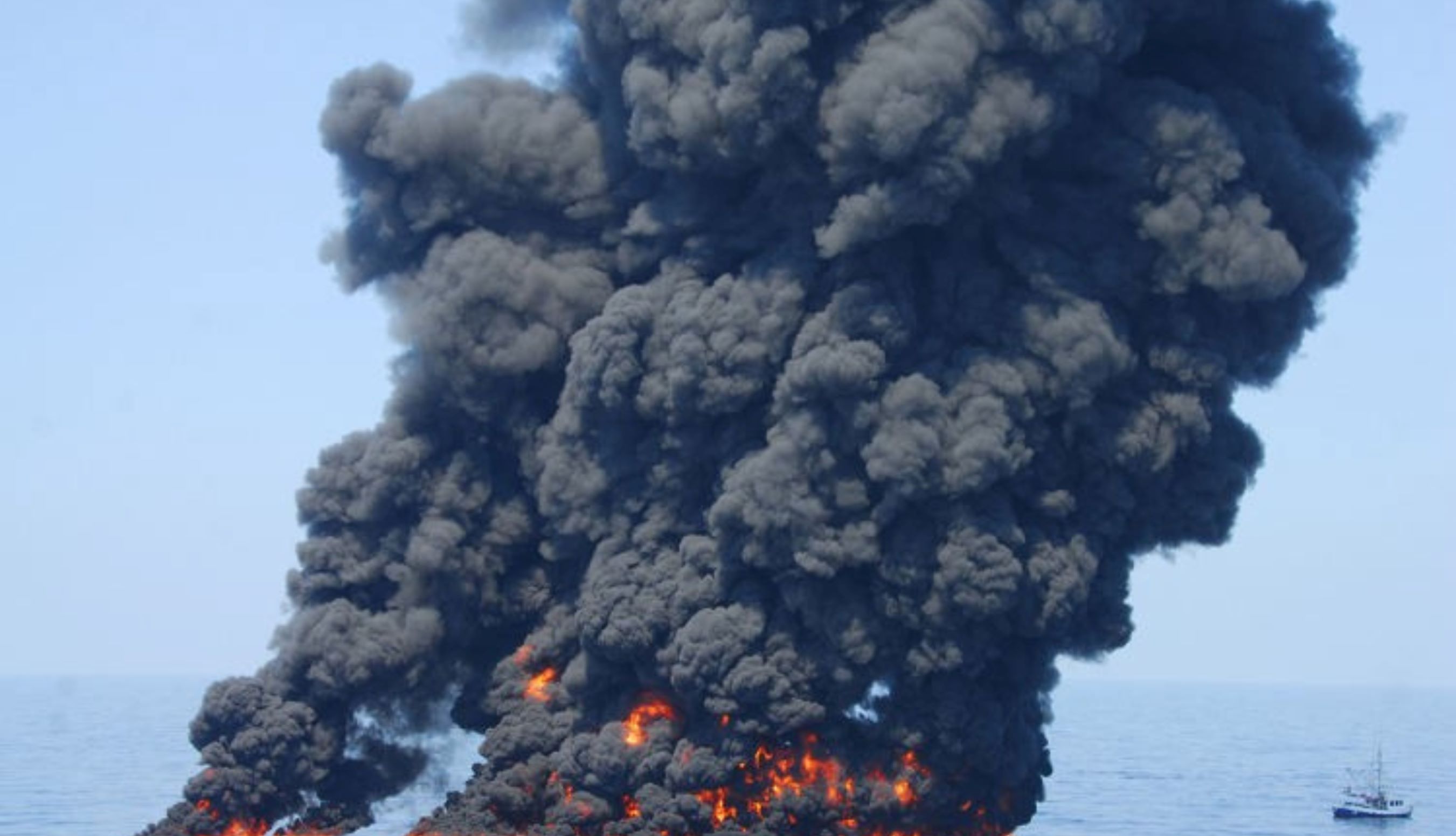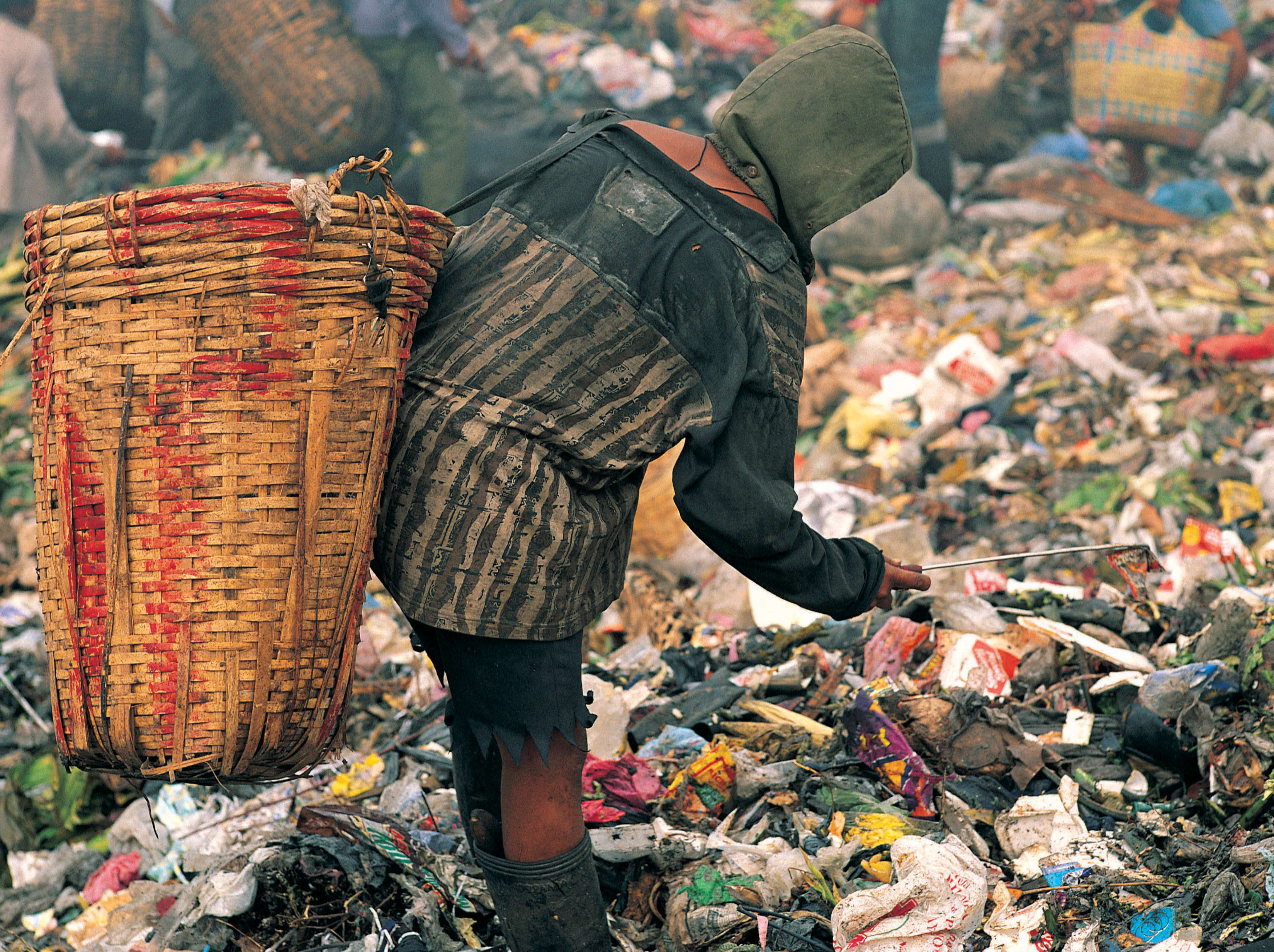Invisible to the naked eye but deadly in its implications, soot – the fine black particles emitted from incomplete combustion of fossil fuels – has emerged as a significant environmental hazard in Nigeria. Comprising a cocktail of harmful chemicals, metals, and dust, these minuscule particles – measuring merely 2.5 picometers according to the United States Environmental Protection Agency – can wreak havoc on human health and the ecosystem. A silent assassin, soot slips under the radar, evading detection due to its size smaller than dust and one-third the diameter of a human hair strand.
Port Harcourt: The Epicenter of a Looming Health Crisis


The ripple effects of soot pollution extend beyond immediate human health impacts. Chemicals like sulfur dioxide and nitrogen dioxide in soot combine with humidity to form acid rain, altering water quality, damaging soils and crops, and unsettling delicate ecological balances. Port Harcourt, once known as “The Garden City,” now bears the grim epithet “Rivers of Blood,” symbolising its transformation under the shadow of unchecked soot emissions.
Public outrage and social media outcry were initially met with lukewarm government response, as authorities shut down three companies for contributing to the pollution. However, the alarming increase in pollution and associated health risks indicated the limited effectiveness of these measures. Vanguard journalist Davies Iheamnachor highlighted in 2017 that over 6 million Rivers residents faced heightened cancer risks due to continued exposure to soot.
As the soot problem in Rivers State persists, its repercussions are a red flag for the entire Niger Delta region and the nation at large. Industrial pollution, gas flaring, and oil bunkering are ubiquitous across the Niger Delta, hinting at looming health and environmental challenges for the region. The situation calls for urgent collective action, transcending state boundaries, to prevent the genesis of a “Nigerian Black Death.”
March for Life: A Ray of Hope Amidst the Dark Soot
In a show of resilience and unity, media personalities, concerned groups, and individuals in Rivers State organised a state-wide march against the soot crisis in April 2018. This mass movement aimed to raise awareness about the soot menace and inspire collective action against it, echoing Claude McKay’s words: “If we must die, let it not be like hogs.” The march’s message resonated beyond Rivers State, serving as a call to action for the entire Niger Delta region.
A deep dive into the soot problem in Rivers State reveals an intricate web of culprits. Unregulated industrial activities, specifically those involved in fossil fuel combustion, manufacturing oil, and refinery processes, sit at the issue’s core. Motor vehicles add to the problem, spewing soot into the atmosphere. The government’s lackadaisical attitude and insufficient regulations exacerbate the situation, allowing soot producers to operate with impunity.
The health implications of persistent soot exposure are far-reaching and devastating. Not only does it exacerbate respiratory issues such as asthma and bronchitis, but it also elevates the risk of severe conditions, including stroke, heart attack, and cancer. Worryingly, this invisible killer is also associated with increased mortality rates. The ticking time bomb of a health crisis is not limited to Rivers State; it stands as a grim foreboding for the entire Niger Delta region.
The ecological implications of soot pollution are equally dire. Acid rain, resulting from sulfur dioxide and nitrogen dioxide in soot reacting with atmospheric humidity, corrupts water quality and harms soils and crops, disrupting delicate ecological balances. The soot epidemic is a testament to the destructive intersection of human negligence and environmental degradation.
Raising the Alarm: The Threat to the Niger Delta
The soot crisis in Rivers State should serve as a wake-up call for the entire Niger Delta. The region’s reliance on oil exploration exposes it to similar soot-related threats, potentially impacting human health, biodiversity, and overall ecosystem integrity. The situation calls for urgent preventive action and comprehensive environmental reforms.
The Rivers State’s struggle against the soot crisis culminated in a united demonstration of resistance in April 2018. This state-wide march, organised by media personalities, concerned groups, and individuals, spotlighted the gravity of the soot menace and served as a rallying cry for all of the Niger Delta to join forces against this silent killer. It marked a crucial step towards collective consciousness and action against environmental degradation.
Despite this public outcry, progress remains slow in the battle against the soot crisis. The status quo of muted government response, inadequate regulation, and rampant industrial pollution continues to cast a dark cloud over Rivers State and the Niger Delta. However, the united march against soot is a beacon of hope, illuminating the path towards a cleaner and healthier future. Rivers State’s fate is yet to be determined, but one thing remains clear: continued complacency is not an option.











